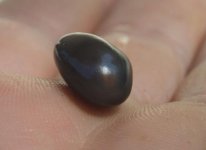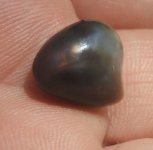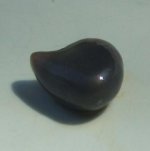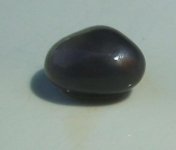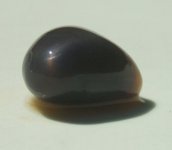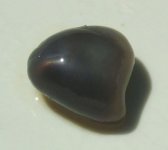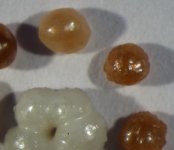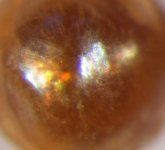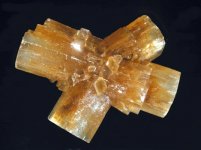Lagoon Island Pearls
Well-known member
- Joined
- Dec 8, 2009
- Messages
- 2,152
Hi Dave
This troubles me a lot:
We know in pearl culture, color is determined by the donor.
If we were to graft a black lipped oyster with a nucleus and a piece of mantle from a gold lipped oyster, (left besides if it is in fact possible or not ),
what would be the color of the cultivated pearl harvested from this black lipped oyster ?
Good question. I realize this is a bold statement, but I base this around some sound evidence.
For the sake of clarity, I'm not suggesting it's a controlled method of determination, but very often color and quality are reflected by the grafted tissue. It's no secret that in homogenics, the best pearls are cut from epithelial tissues gathered from donors with wide margins (color) at the pallial line.
Almost all natural pearls are xenogenic in origin. Predators or hitchikers involved in the the extrapallial space are coated similar in structure to the host, as are mabes (which are non-tissue grafted), but in the case of xenogenics, the results are markedly different. Things can go either way, depending on the tissues themselves and the position within the host.
The main issue with xenogenics is calcite. http://www.daveleblanc.ca/pdf/Homogenic and Xenogenic Implantation in Pearl Mussels.pdf
Now to get back to the question. Though different species, they are the same order. No single test determines the overall body of study, but if one was to perform a volume of tests, you'd likely find some interesting results. Farmers want quality, so they use their best discretion in donor selection to increase the incidence of good quality pearls. I'm not sure SS farmers are allowed to do that anyway, nor would they want to while they use their own time-honored methods.
I've never worked with Pinctada, so it would be a stretch for me to determine the outcome, but my senses tell me it would be a mixed bag of color and quality.
I'm no scientist, but motivated to be observant and objective, but often find myself apologizing for being naively misleading.

